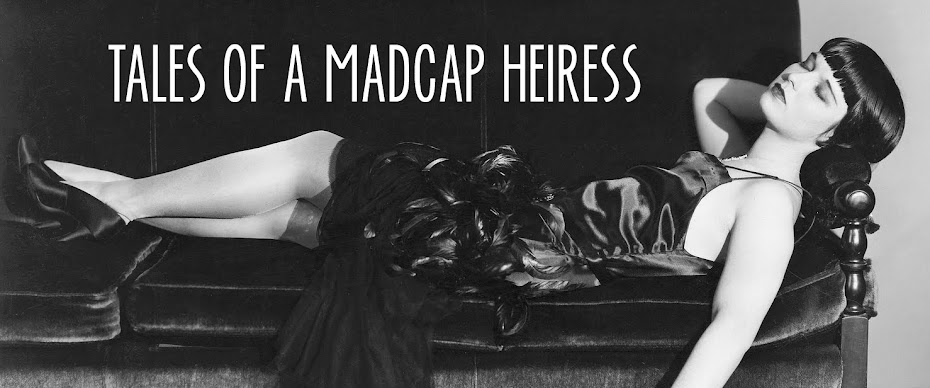 The Peking, a 1911 barque at the South Street Seaport.
The Peking, a 1911 barque at the South Street Seaport.
My visit was specifically to see the two current exhibits on display—“Alfred Stieglitz New York” and
“DecoDence: Legendary Interiors and Illustrious
Travelers Aboard the SS Normandie.” They were both worth the trip.
"Winter on Fifth Avenue" Alfred Stieglitz (1893)
The
Stieglitz exhibit concentrates on images of New York that the artist made over
a 40-year time span. His early photos from the turn of the century are simply
amazing. The snow covered streets and horse drawn carriages seem to appear out
of the mist and his nighttime shots have a dreamlike quality about them that
our digital cameras cannot replicate. These photos are juxtaposed with images he took in the 1930s filled with gleaming skyscrapers and water towers, modern and bright.
Together they show the growth of both a city and an artist.
The first class dining room on the SS Normandie.
DecoDence
gives visitors a tiny glance into the glamour that was the SS Normandie. The idea of modern day cruise ships makes me shudder but
I think I would have enjoyed sailing in the art deco splendor that was the Normandie. From her maiden voyage in 1935, the Normandie was arguably the most beautiful of
the famed ocean liners that carried countless celebrities and others between
Europe and America before the outbreak of World War II ended her voyages.
The
exhibit includes items that would have been found on board, like the tiny
Lalique designed bottles filled with a Jean Patou fragrance created just for the Normandie passengers as well as souvenirs
that could be purchased like a handbag shaped like the ship (one of my
favourites). There are also mini recreations of some of the rooms with furniture
from the ship including a table and chairs from the famed mirrored-lined, first class dining room, which was said to be longer than the hall of mirrors at Versailles.
 Inside Bowne & Co., Stationers.
Inside Bowne & Co., Stationers.
Across
the street is the museum’s gift shop— Bowne & Co., Stationers, which resembles a
print shop from the 1870s. In addition to selling an assortment of paper goods and
general ephemera, the shop acts as a real letterpress, creating customized
cards and stationary with the text set by hand. I could have bought everything in the shop, including the adorable tiny jars of ink that I have no need for but they were so pretty. I settled for some postcards.
The
Stieglitz exhibit runs through January 10; the DecoDence exhibit through January 31. A ticket to the museum also allows you to visit the
ships across the way (something I may do at another time).
Hipstamatic photos by Michele.
Hipstamatic photos by Michele.









